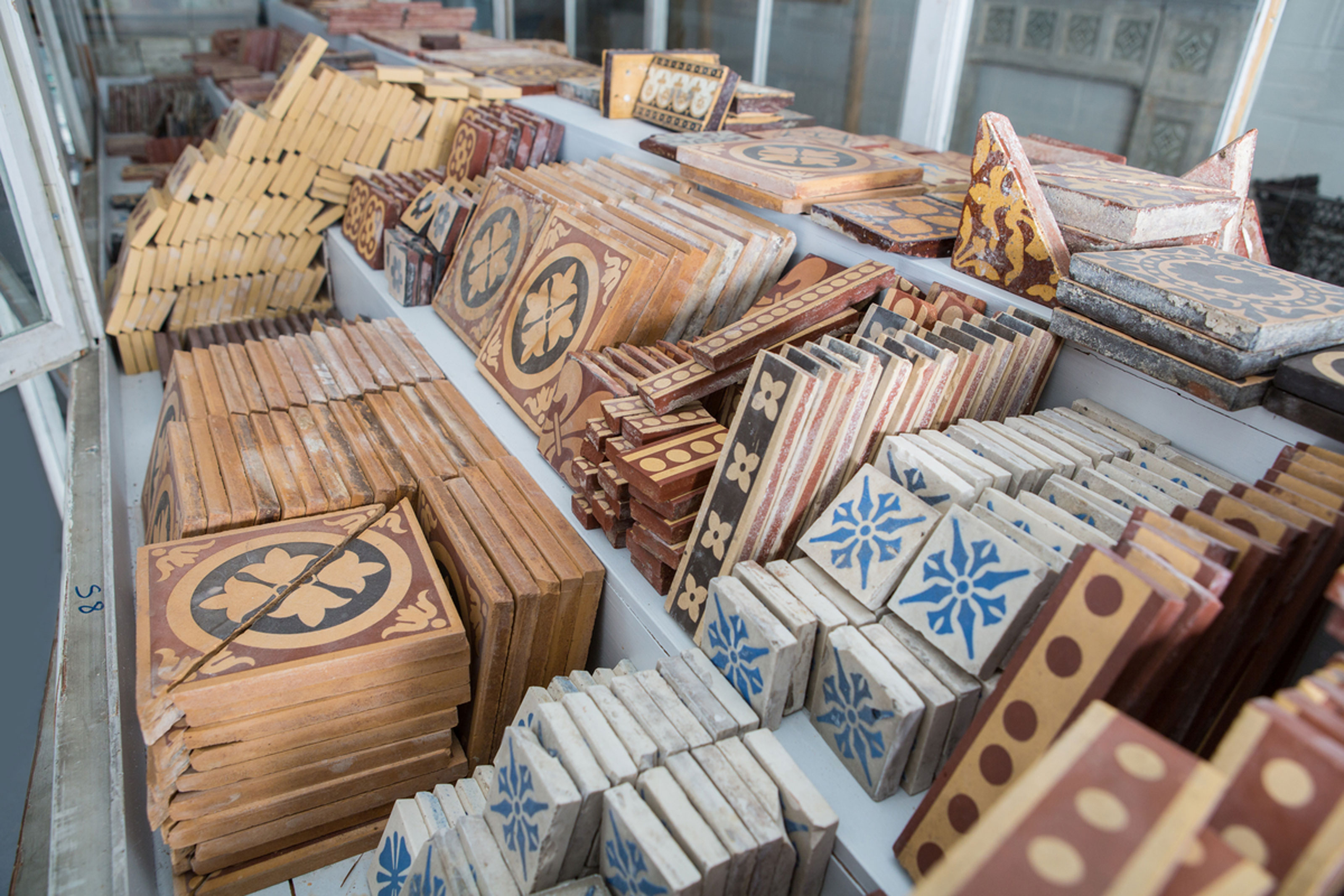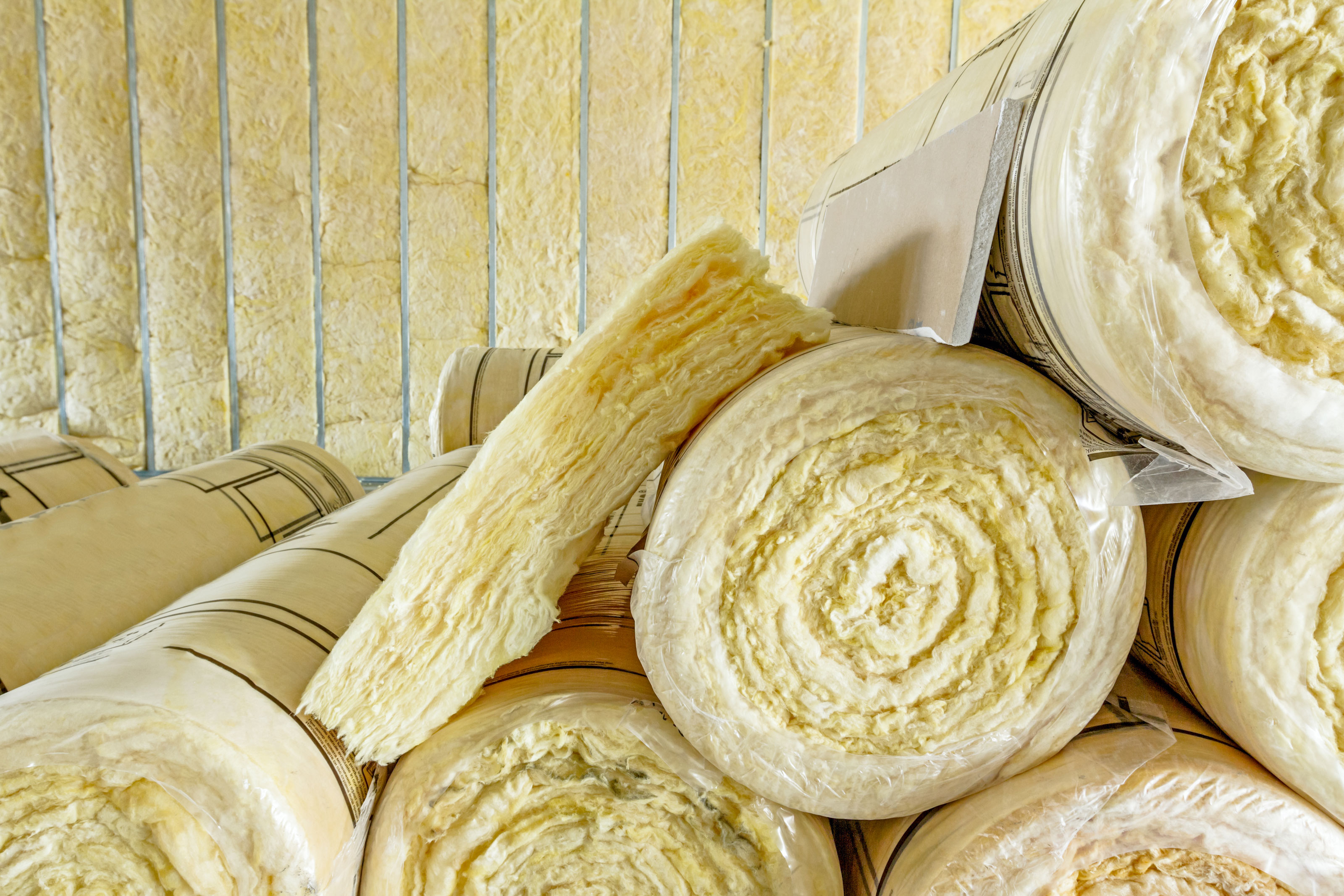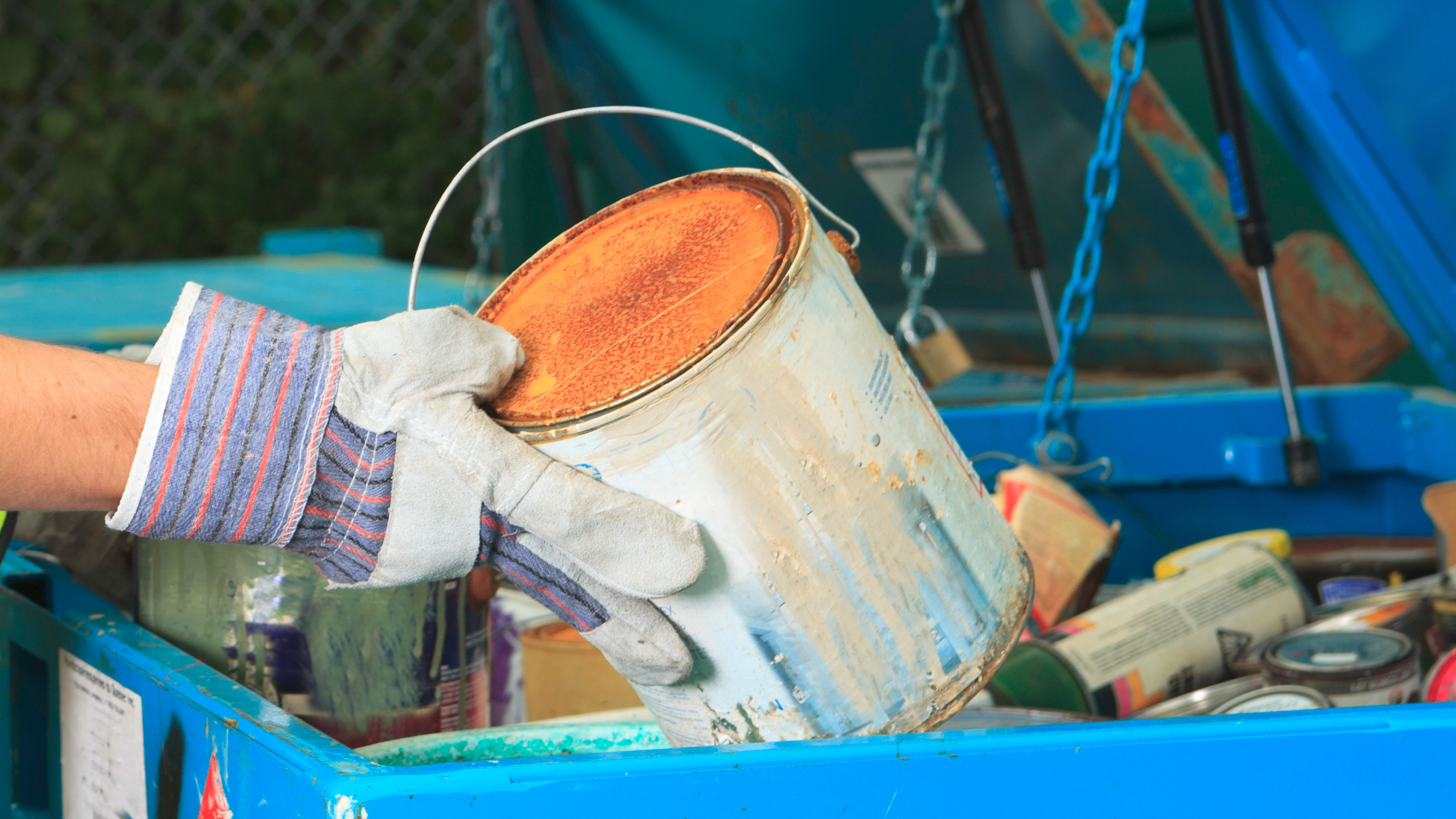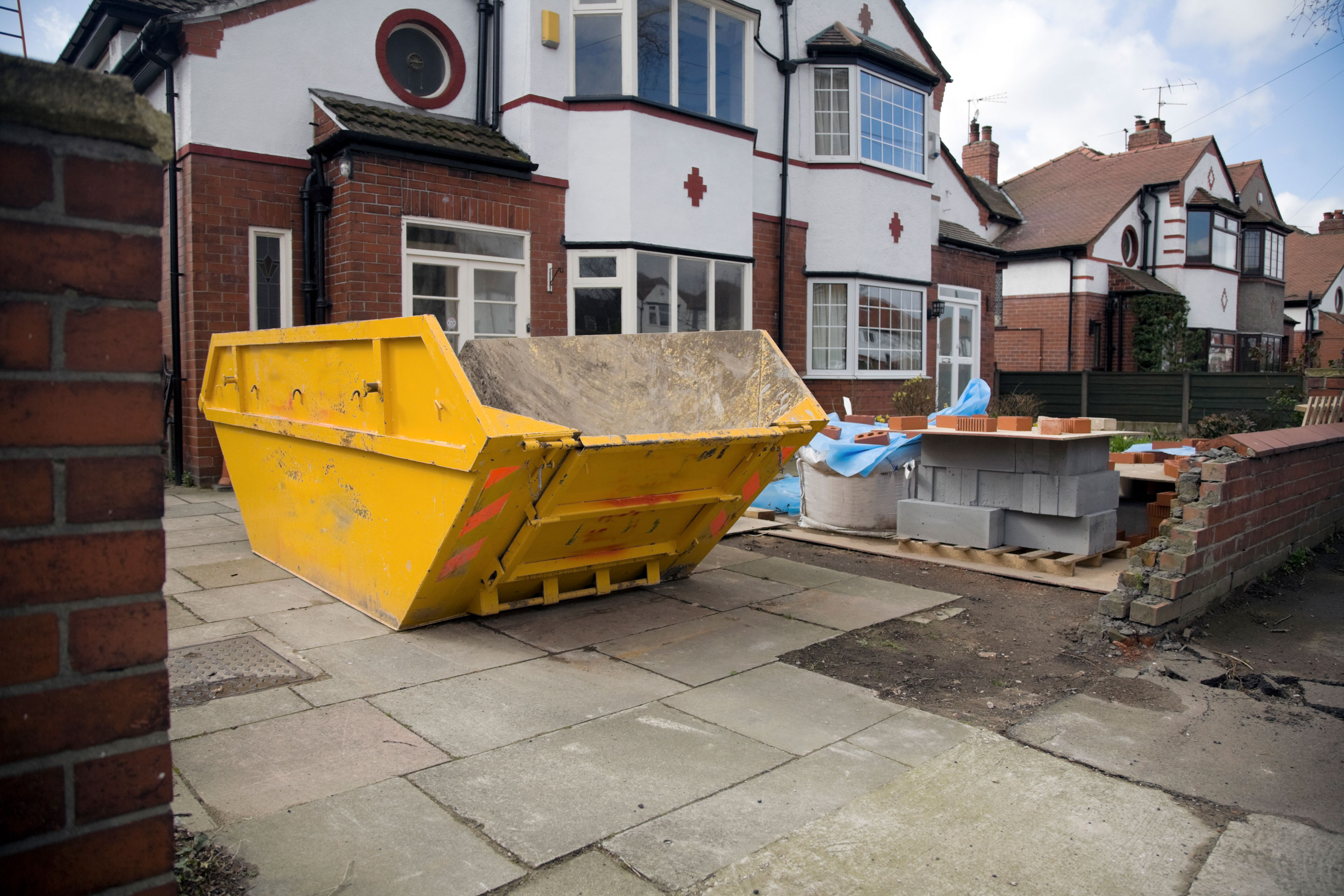Recycling Building Materials: 7 Ways to Reduce Your Project’s Waste
By recycling building materials, you can reduce the waste that occurs during a build and make sure your extension, self build or renovation is as green as possible
Waste inevitably occurs during a build, but by recycling building materials, you can reduce this to as low a level as possible.
Of course, in an ideal world you'd only order exactly the right amount of materials that building your eco house required, but over-ordering by a percentage to account for potential wastage when cutting and installing materials is standard in the construction industry. However, by re-purposing your leftover materials, recycling them or finding them a new home, you'll ensure that as much of your building waste as possible remains out of landfill.
Whether you're looking to save the planet or just save a bit of money on waste disposal costs, here's 7 avenues to explore when it comes to recycling building materials.
1. Find Recycling Programmes for Virgin Building Materials
When it comes recycling building materials in the purest sense, it's often limited to waste new materials, as well as other waste that has not been 'contaminated' by mixing with other materials.
Plasterboard is a good example a material that does have the potential to be recycled, but really only offcuts of new plasterboard rather than plasterboard from demolition.
As gypsum-based products such as plasterboard can't be disposed of in landfill with biodegradable waste, your local authority should offer either a plasterboard recycling or disposal scheme. If it's the latter, it's worth investigating private plasterboard recycling schemes for a greener build, which will collect and recycle waste plasterboard for a fee.
2. See if There’s a Market for Reclaimed Materials

When it comes to disposing of waste building materials when stripping or demolishing a property, if the materials are in good condition, then there's the possibility that they may be of interest for reclamation. Of course, you may be able to find a buyer independently, likely netting you a greater profit, but selling to a reclamation yard is a good option for those short on time.
It's worth talking to your local reclamation yard at the start of the project to see what they're potentially interested in — taking them pictures will help. In general though, materials that can often be reclaimed include floor joists and floorboards, reclaimed bricks, floor and roof tiles, and any architectural detailing, from chimney pots and fireplaces to old cast iron radiators, bathtubs and brassware.
3. Try to Use Leftovers in Your Build

One way in which you might consider re-using waste building materials is to incorporate them into your home in some way. This can be especially effective with products such as mineral wool insulation, which is very bulky to dispose of.
"One alternative method of disposal for mineral wool is to use the space in upstairs floor voids, which is normally partially filled with acoustic mineral wool but is otherwise empty apart from localised cable or pipe runs," suggests chartered surveyor Ian Rock. "Other spaces that you can use this way include eaves cupboards and roof spaces; just bear in mind that, unlike pipes, electric cables shouldn’t be tightly encased in insulation."
As well as enhancing your building’s acoustic and thermal performance, storing excess insulation this way should save quite a lot on skips.
4. Check for Local Schemes

The availability of recycling schemes may well depend on your geographical location. While some local recycling centres may offer specialist recycling services, others may not, for example — but there is always a chance that an independent scheme will exist in your area. Just check Google.
Paint recycling is a good example of this, as some recycling centres will offer paint recycling, while others won't. However, there are schemes like Community Repaint which aim to re-use leftover paint for community projects that desperately need it. However, there aren't drop off points nationwide for this project as of yet.
5. Scope out Local Projects

There are some materials which you may have a useable quantity leftover after finishing your project — often insulation can fall into this category. Your first step is to check with your builder whether the retailer offers a buy-back scheme on any unused items, but these are relatively rare.
You may be able to make some money by selling these materials, and while the obvious route is to do this online, you may be able to find a local project that could make use of your materials. Whether it's clear from the exterior of the property that work is taking place, hoarding has been put up, or you can get an idea of what's going on from the content of a skip, you may find a homeowner who is keen to save some money on materials who'd be happy to take yours off your hands.
6. Advertise Online
Selling or giving away leftover materials online is a great way to ensure that they're used and don't end up in landfill. Facebook Marketplace is a great option, if not only because you may be able to share your listing in relevant groups to find buyers who are currently building, extending or renovating.
There are also specialist sites like Enviromate dedicated to finding a new home for leftover building materials which can be useful in appealing to the right audience for your waste.
7. Re-purpose Demolition Rubble

Rubble from demolition of an existing building, removing walls or hard landscaping can be some of the most irksome materials to dispose of. However, there are some ways in which you may be able to recycle rubble into a usable product.
"Broken materials such as concrete slabs, stones, bricks and ceramics can be crushed and sold or given away as hardcore for use in solid ground floors, patios, driveway ideas, roads or as coarse aggregate in concrete," says chartered surveyor Ian Rock.
"You sometimes see signs saying ‘clean hardcore wanted’ and, as with excavated earth and spoil, there’s normally someone local who’s keen to get their hands on the stuff. ‘Clean’ means there should be no bits of packaging, wood or plaster that could later decompose and cause destabilisation.
Get the Homebuilding & Renovating Newsletter
Bring your dream home to life with expert advice, how to guides and design inspiration. Sign up for our newsletter and get two free tickets to a Homebuilding & Renovating Show near you.
Hugh is editor of sister title Livingetc.com and former digital editor of homebuilding.co.uk. He has worked on a range of home, design and property magazines, including Grand Designs, Essential Kitchens, Bathrooms, Bedrooms and Good Homes. Hugh has developed a passion for modern architecture and green homes, and moonlights as an interior designer, having designed and managed projects ranging from single rooms to whole house renovations and large extensions. He's currently renovating his own Victorian terrace in Essex, DIYing as much of the work as possible. He's recently finished his kitchen renovation, which involved knocking through walls, and landscaping a courtyard garden, and is currently working on a bathroom renovation.

